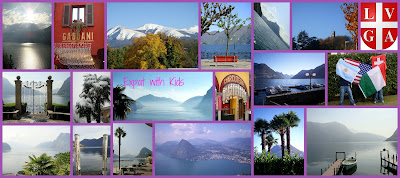Over the last 120 years, the Swiss population has more than doubled: while there were 3.3 million residents in 1900, Switzerland now has 8.5 million inhabitants and the population is expected to exceed 9.5 million by 2030.
Driven by immigration, Switzerland’s population has grown to such an extent over the last few decades that it is now one of the most dynamic countries in Europe in terms of its demographics.
Switzerland’s image as an immaculate mountainous country populated by a handful of inhabitants is a long way from the reality.
Of course, in certain Alpine regions, this postcard cliché is not far from the truth. In Grisons, for example, there are 28 inhabitants per km2 . But at nationwide level, the density of the population has reached slightly more than 214 inhabitants per km2 . This average density is lower than in Germany, for example (232 inhabitants/km2).
But, if you look a little closer, the distribution of the population across the Swiss territory is mainly centred around the Swiss Plateau region, between Lake Geneva in the West and Lake Constance in the East. Here, the density is nearing 800 people per km2, making it one of the most populated regions in Europe. And it doesn’t stop there. The Federal Statistical Office (FSO) anticipates that the population will increase by around 16% between 2015 and 2030, reaching 9.5 million inhabitants by the year 2030.



No comments:
Post a Comment